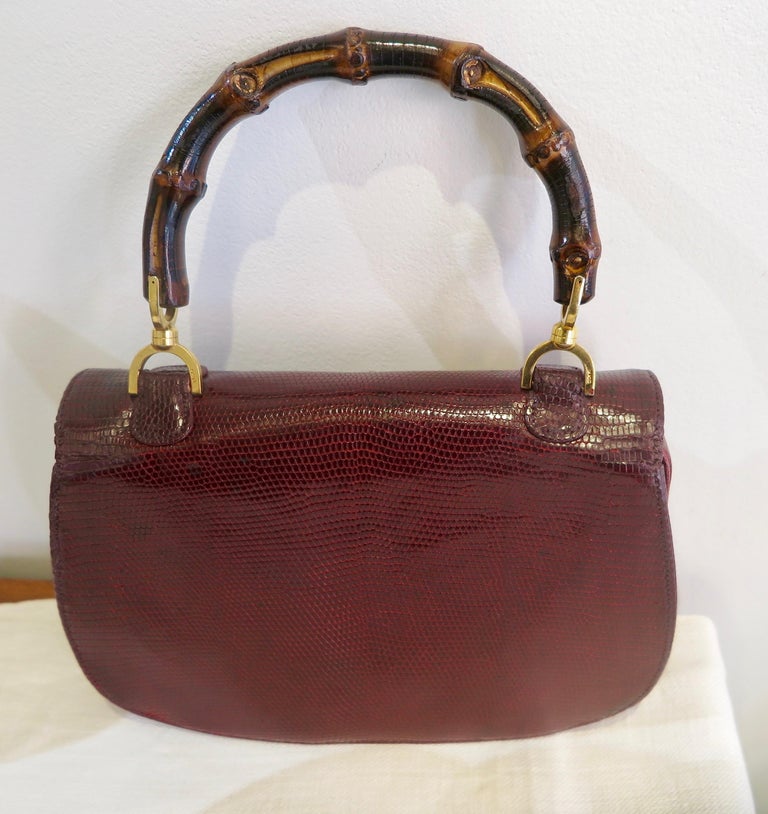Gucci
Maximalist Italian Luxury

The House of Guccio Gucci
Founded by Guccio Gucci in Florence in 1921, Gucci began as a small leather goods shop inspired by the elegant luggage he observed while working at luxury hotels. The house quickly became synonymous with Italian craftsmanship and sophisticated design.
Gucci's heritage is built on exceptional leather craftsmanship, equestrian-inspired designs, and the iconic green-red-green stripe. The house has consistently evolved while maintaining its core values of quality, Italian heritage, and distinctive aesthetic.
Under Alessandro Michele's creative direction from 2015-2022, Gucci underwent a revolutionary transformation into a maximalist, gender-fluid brand that celebrates individuality and creative expression. Today, the house continues to push creative boundaries under new leadership.
Gucci Codes
Iconic Elements
- • Double G Logo - Interlocking G monogram
- • Green-Red-Green Stripe - Heritage web detail
- • Bamboo Handle - Iconic handbag feature
- • Flora Print - Botanical motif patterns
- • Maximalist Aesthetic - Bold, eclectic designs
Design Vision
"Quality is remembered long after price is forgotten."— Guccio Gucci

Italian Heritage & Innovation
Florentine Roots
Gucci's Florentine heritage is reflected in its commitment to Italian craftsmanship and artisanal techniques passed down through generations.
Creative Revolution
Gucci's transformation into a maximalist, inclusive brand has redefined luxury fashion for the digital generation while honoring its heritage.
Cultural Impact
Gucci's influence extends beyond fashion into art, music, and pop culture, making it one of the most recognized luxury brands globally.
New Creative Era
Evolving Vision
Following Alessandro Michele's transformative tenure, Gucci continues to evolve its creative vision while maintaining the maximalist aesthetic and inclusive values that have defined the brand's modern era. The house remains committed to pushing creative boundaries and celebrating individual expression.
